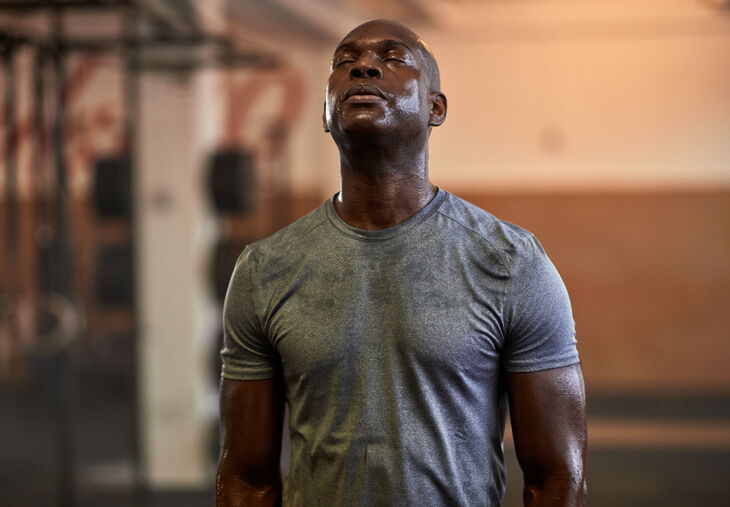Exercises for Flexibility (Stretching)
Exercise can be divided into four categories: strength, balance, endurance, and flexibility. All four forms of exercise should ideally be incorporated into a healthful fitness regimen. In its Recommendations for Physical Activity in Adults, the American Heart Association offers simple-to-follow recommendations for strength and endurance training.
Doing a variety of activities helps to keep the body fit and healthy, and makes exercise interesting. Many different types of exercise can improve strength, endurance, flexibility and balance. For example, practicing yoga can improve your balance, strength and flexibility, while lower-body strength-training can also help improve your balance.
Flexibility exercises stretch your muscles and can help your body move and bend easier. These exercises may not improve your endurance or strength, but being flexible gives you more freedom of movement for other exercise as well as for everyday activities. It may also help you avoid discomfort when confined in a space for a long period of time, such as a long meeting or a plane flight.
When should I stretch?
The best time to do flexibility exercises is when your muscles are already warm so they can stretch farther without tightness or pain. If you’re doing stretching exercises only, make sure to start with a few minutes of easy walking to warm up your muscles. If you’re doing endurance or strength exercises, stretch after, not before.
How much do I need?
Hold each stretch for 10-30 seconds and repeat three to five times during each session. If you’re not used to stretching, hold the stretch for about 10 seconds. The more often you stretch, the easier it will become. Eventually, you will be able to hold each stretch for 30 seconds comfortably.
Always stretch slowly and smoothly into the desired position, as far as is comfortable for you without pain.
Tips for safe stretching:
- Relax and breathe normally while stretching.
- A stretch should always be smooth and slow. Jerky or bouncy stretching can cause muscles to tighten and may result in injuries.
- As you become more flexible, try reaching farther in each exercise. A mild pulling feeling during a stretch is normal. Sharp or stabbing pain or joint pain means you’re stretching too far and should stop.
- Always keep your joints slightly bent. “Locking” them in a straight position can cause injury.
Examples of flexibility exercises:
- Stretches
- Forward bend – reach your chest toward your toes while standing or seated
- Yoga
- Pilates
What if I’m recovering from a cardiac event or stroke?
Some people are afraid to exercise after a heart attack. But regular physical activity can help reduce your chances of having another heart attack.
The AHA published a statement in 2021 that heath care professionals should prescribe exercise to stroke patients since there is strong evidence that physical activity and exercise after stroke can improve cardiovascular fitness, walking ability and upper arm strength.
If you’ve had a heart attack or stroke, talk with your health care team before starting any exercise to be sure you’re following a safe, effective physical activity program.



